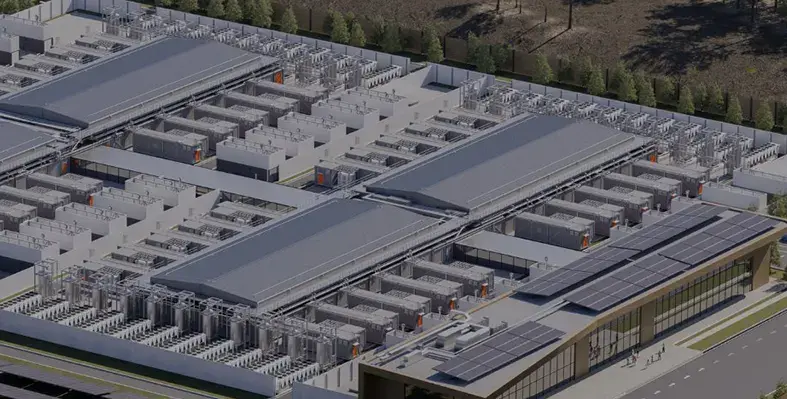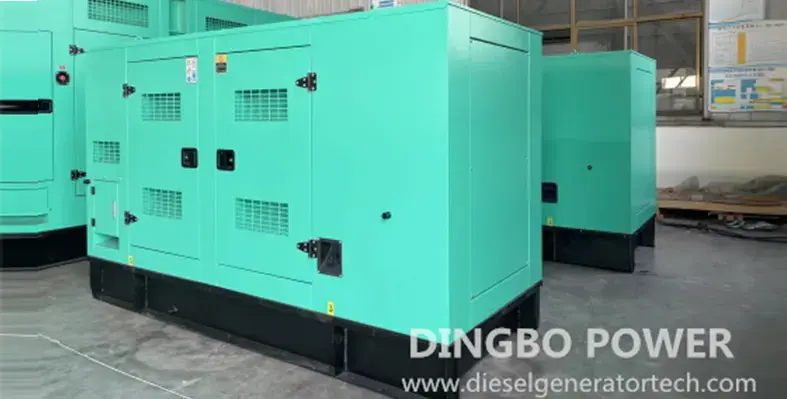Infinity Power has signed agreements for two solar power projects that together will provide 80MW of clean electricity to the Ivory Coast
The two concessions — announced on 7 August 2025, Ivorian independence day — were awarded under the World Bank’s Scaling Solar initiative via a competitive tender process.
The projects will consist of two solar PV plants with a combined capacity of 80 MW in Touba and Laboa, plus the construction of 17 km of power transmission lines to integrate the new sites into the national grid.
Once operational, the two plants will provide electricity to over 400,000 consumers, enhancing energy access and security across the country.
It marks Infinity Power’s first collaboration with the Ivorian government, according to Mohamed Ismail Mansour, the company’s co-founder and chairman, who hailed it as a “breakthrough moment” for the business.
“Being entrusted with projects of this importance demonstrates our ability to deliver on Africa’s energy potential,” he said.
“These solar plants will not just bring affordable electricity to hundreds of thousands of people but will also empower communities, strengthen infrastructure and accelerate the country’s progress toward a decarbonised future. We are proud to be in a position to lead such a transformative effort.”
The tender process was overseen by the country’s Directorate General for Energy and CI Energies, with the International Finance Corporation (IFC) serving as an advisor to the Ivorian government.
Infinity Power’s bid was deemed the most competitive, ensuring an affordable, reliable and sustainable energy supply, with the projects also set to enable the avoidance of more than 60,000 tons of carbon dioxide a year.
It was awarded the project with a bid to supply 80 MW of solar at €0.03310 per kWh for the Laboa site and €0.03213 per kWh for the Touba site, setting a new record for the lowest solar independent power producer tariffs in West and Central Africa.
Together, they will help Ivory Coast reach its goal of increasing the country’s share of renewable energy to 42% by 2030, from only about 1% currently.
“These projects have three key objectives: to increase our production capacity, to strengthen our energy resilience and to create local job and investment opportunities,” said Mamadou Sangafowa-Coulibaly, Minister of Mines, Petroleum and Energy.
“[They] represent a significant step towards meeting our climate commitments by 2030.”
Infinity Power — a joint venture between Egypt’s Infinity and Masdar (Abu Dhabi Future Energy Company) and Africa's largest renewables provider — is on track to achieve a goal of developing 10 GW of energy projects globally by 2030.
“We have shown that renewable energy can be cost-effective, reliable and impactful at scale,”said Nayer Fouad, co-founder and CEO of Infinity Power.
Fouad said the Ivorian projects represent a “new chapter” in the West African country’s energy sector.
“With the invaluable support of the Government of Côte d'Ivoire, CI Energies, and the IFC, we are ready to deliver projects that will transform lives.”
Marie Chantal Uwanyiligira, World Bank division director for Ivory Coast, as well as for Benin, Guinea and Togo, said the country had already made “significant progress” in expanding access to electricity for its population.
“Increasing the share of solar energy in its mix, as demonstrated in this operation, will not only lower generation costs but also set the country on the path to universal access. The World Bank Group applauds these efforts and stands ready to leverage its financing and technical expertise to attract more private sector investment.”
Read more:
Sierra Leone waste-to-energy project investment boost
Inside Infinity Power's 10GW renewables target
Masdar and Infinity Power mark milestone for Egyptian wind farm










